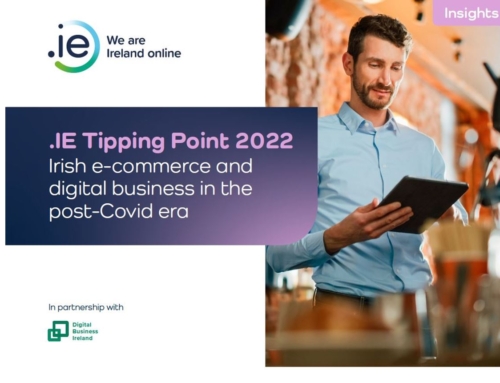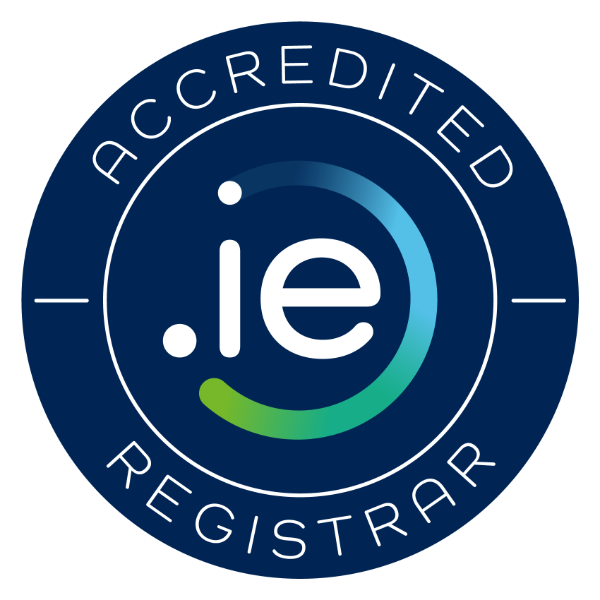Less than a third of Irish SMEs are e-commerce ready according to the latest dot ie Digital Health Index
- Only 28% of Irish SMEs can process payments on their website, according to the latest dot ie Digital Health Index;
- This is despite Ireland’s €9 billion Irish e-commerce market and predicted €100m online spend between Black Friday and Cyber Monday*;
- 86% of Irish consumers plan to spend online this Christmas and 85% would prefer to buy Irish;
- 22% of Irish SMEs have no online presence whatsoever—neither a website nor a social media presence;
- 1 in 6 SMEs, or 17%, say they are offline because of poor broadband;
- Two thirds of ‘offliners’ believe that there is “no need” to have a website in their industry.

The research shows that just 32% of SMEs can take sales orders on their websites; only 28% can process payments; and 35% can accept bookings or reservations on their websites.
While these numbers have increased slightly since the last dot ie Digital Health Index report in April 2016, they suggest that Irish SMEs are still not tapping into the growing Irish e-commerce market valued at €9 billion this year.
There is a degree of ‘cognitive dissonance’ at play. Despite their lack of e-commerce ability, 81% of SMEs say that their website is important or very important for driving future sales growth; 77% as a driver of generating sales; and 57% as a point of transaction to capture and process sales.
IEDR’s consumer research revealed an increasing willingness to spend online. Consumers reported that their online spend has increased by 41% over the last two years. 86% plan to spend online over the Christmas period; 85% would prefer to spend on an Irish website. However, Irish SMEs’ low engagement in e-commerce makes this difficult.
The overall dot ie Digital Health Index score fell for the first time since research began in May 2014, to 41.76, the second lowest score. In many cases, SMEs are using fewer digital assets, like websites and social media.
“What’s stopping SMEs getting online?” and further insights
The report revealed that 1 in 5 or 22% of SMEs have no online presence whatsoever. 38% say that a lack of time is keeping them offline and 28% a lack of expertise; 27% cite financial constraints and 16% are concerned about cybersecurity.
1 in 6 offline SMEs, or 17%, say a poor internet connection is preventing them going online.
Surprisingly, a massive two thirds, 66%, of offline SMEs say they do not intend to build a website in the future, primarily because they see “no need” in their industry.
Despite anecdotal evidence suggesting that SMEs have a negative or costly experience building websites, the research found that of those who used a professional developer, 84% rated their developer’s professionalism as ‘good’ or ‘excellent’.
On social media usage by SMEs, the research also revealed:
- 72% of SMEs report a positive impact from social media; of that figure, 97% said it had increased awareness of their business and 81% said it had increased (offline) sales.
- The average SME spends 25 minutes each day on its social media pages, meaning more time spent interacting with customers and promoting their business.
Source: dot ie Digital Health Index
* Source: Visa Europe, November 2015 (https://www.visa.ie/about-us/press-releases/irish-online-shoppers-to-spend-eu98-million-as-black-friday-kicks-off-the-first-major-weekend-of-christmas-shopping-1274815)
**The dot ie Digital Health Index is a biannual report carried out by IEDR to measure and gauge the health of Irish SMEs’ ‘digital assets’, like websites, social media and e-commerce capabilities.




